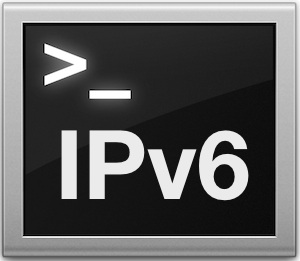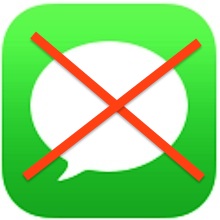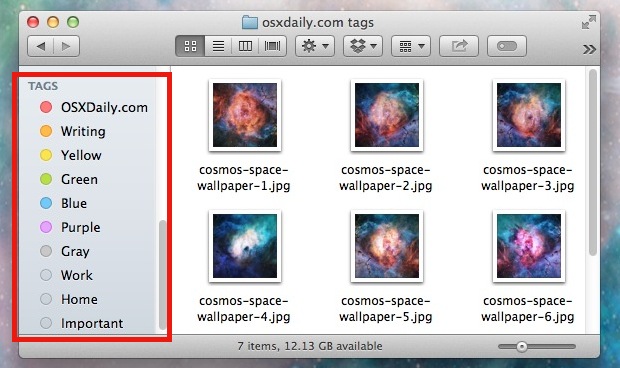How to Disable IPv6 in Mac OS X
 Some Mac users may wish to disable IPv6 networking support on their machines. This may be desirable to avoid certain networking conflicts, or to increase security for users in higher threat environments, since IPv6 has been found by researchers to be potentially vulnerable to man-in-the-middle and other network attacks.
Some Mac users may wish to disable IPv6 networking support on their machines. This may be desirable to avoid certain networking conflicts, or to increase security for users in higher threat environments, since IPv6 has been found by researchers to be potentially vulnerable to man-in-the-middle and other network attacks.
Though most users don’t use IPv6 directly, disabling IPv6 is not without consequences, and thus should only be done by users who know what they’re doing and why they’re doing it. Some of the core Mac OS X system services, like the discovery service Bonjour, use IPv6. Accordingly, disabling IPv6 may render AirDrop sharing unusable, certain print services will become unavailable, and some other convenient Mac features may turn inoperable as well. This makes it impractical to disable for many.
Mac OS X offers a few ways to turn off IPv6, and we’ll cover a simple method using the command line, as well as demonstrating how to turn IPv6 back on if you decide you need to. Users can also check to see if IPv6 is actively used through System Preferences, which Mac OS X defaults to putting into an automatic state.




 iMessage is the fantastic free messaging service from Apple that lets iPhone, iPad, iPod touch, and Mac users send each other endless free text messages, pictures, and videos. Because iMessage skips the standard SMS/text protocol from cellular carriers and relies on data transmission instead, it can often help you reduce your phone bill by cutting out the text message plan fee, or at least reducing it to a lower cost.
iMessage is the fantastic free messaging service from Apple that lets iPhone, iPad, iPod touch, and Mac users send each other endless free text messages, pictures, and videos. Because iMessage skips the standard SMS/text protocol from cellular carriers and relies on data transmission instead, it can often help you reduce your phone bill by cutting out the text message plan fee, or at least reducing it to a lower cost. 






 The Mac has long used the straight quote style for double and single quotes, looking like ” and ‘ respectively. It’s been that way for as long as I remember, but if you’d like to change the quote style to something else, perhaps a bit more fanciful, you can do so through a settings adjustment.
The Mac has long used the straight quote style for double and single quotes, looking like ” and ‘ respectively. It’s been that way for as long as I remember, but if you’d like to change the quote style to something else, perhaps a bit more fanciful, you can do so through a settings adjustment.

